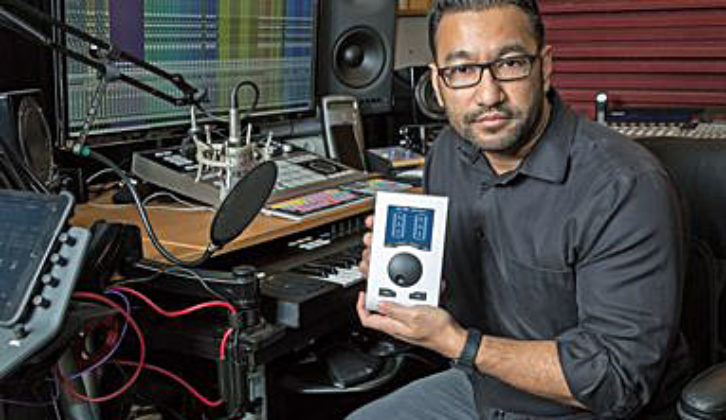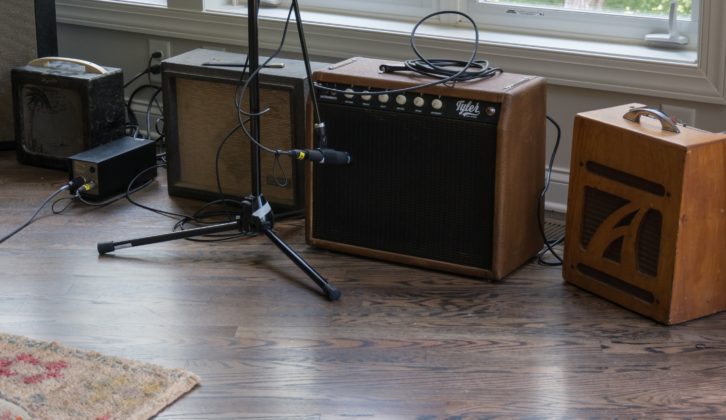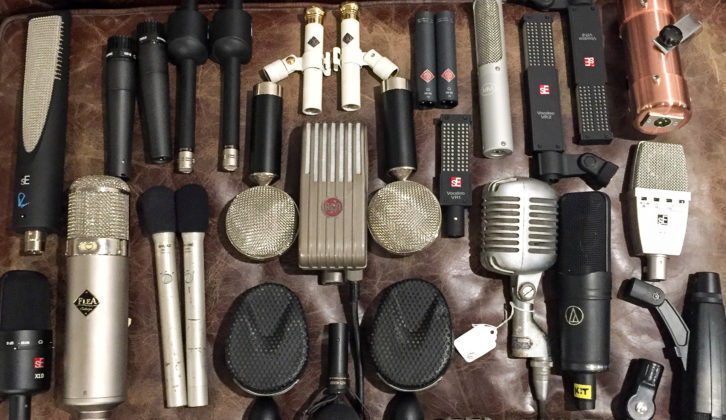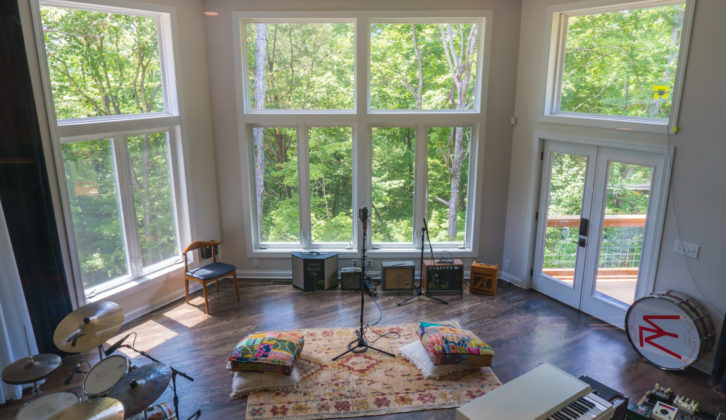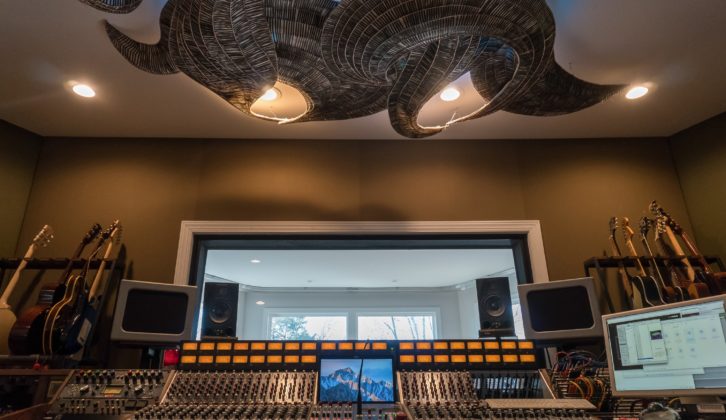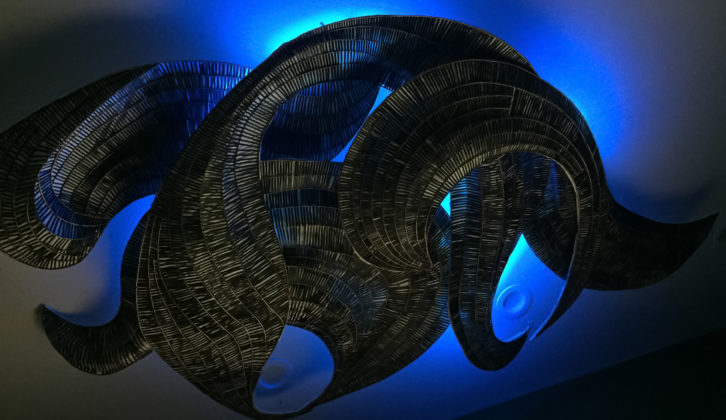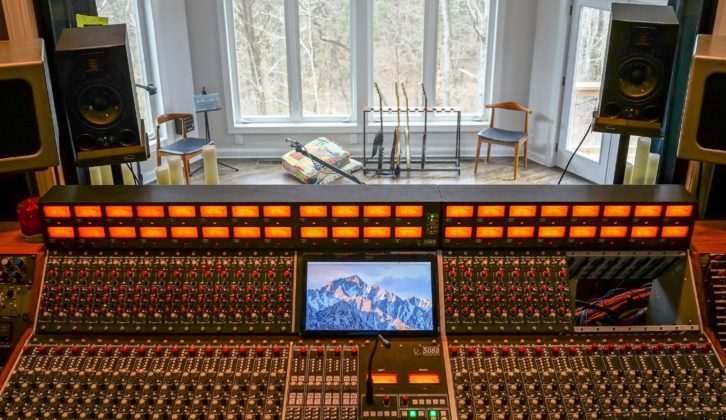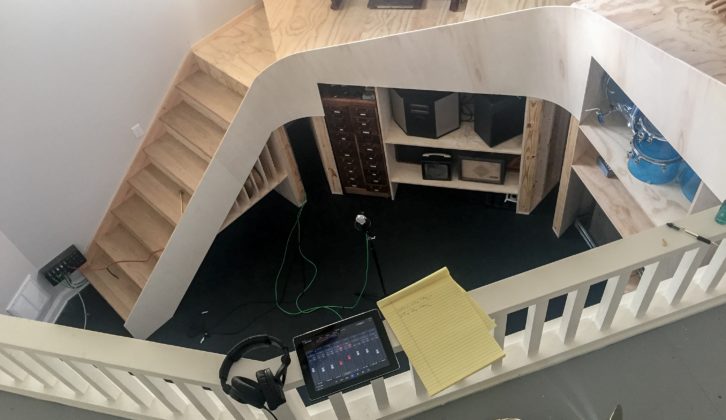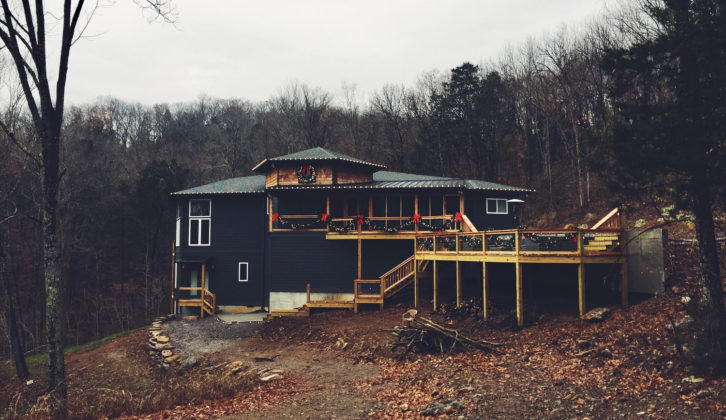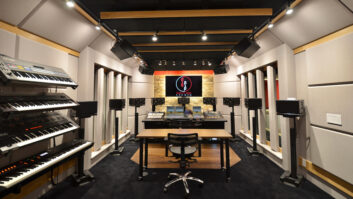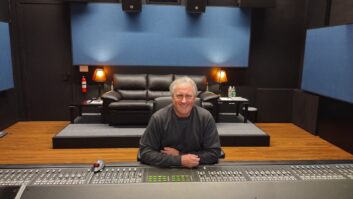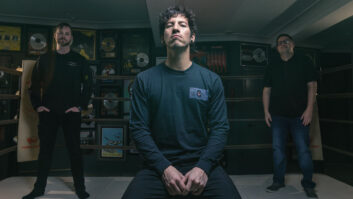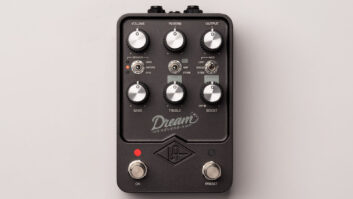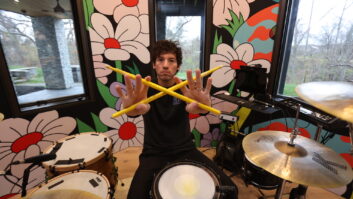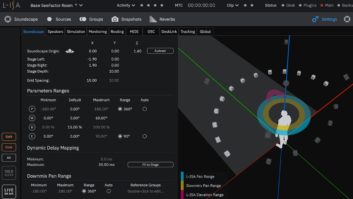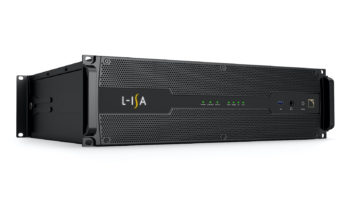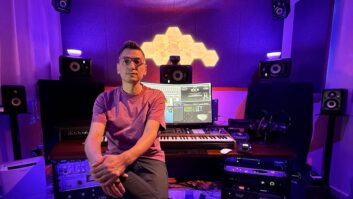Nashville, TN—Stay, retreat and create are the watchwords at MOXE, a residential studio and inspirational creative environment set way back in the woods on a 19-acre lot north of downtown Nashville. Designed, owned and operated by women, the facility is helmed by Jordan Brooke Hamlin, a multi-instrumentalist, producer and engineer who has worked with the likes of Grammy Award-winning duo the Indigo Girls, Lucy Wainwright Roche, Rachael Yamagata, Missy Higgins and Audrey Assad.
“Place affects what you create,” says Hamlin, who has been a touring and studio musician for the past 15 or so years. She got into engineering and producing 10 years ago: “I’ve mainly been driven by curiosity. I don’t feel like I know anything else other than trying to chase what sounds good to my ears.”
The space offers multiple “reverb rooms” or “echo chambers” of various shapes and sizes in addition to smaller and controlled isolation booths. Most every room in the house—including the tiled master bathroom, dining room and foyer—is wired and ready for any idea a musician may wish to try.
There are decorative touches that double as sound design; one room has a rope ceiling, while the acoustic cloud above the console in the control room is a swirl of basket-weave.
Hamlin had been working out of a small studio at her house, renting a big room when the need arose. Then, an offhand remark to a business associate led to MOXE. “I mentioned that my ultimate dream would be to have my own studio in the woods. She said, ‘Then why don’t you do it?’” Hamlin says.
Having found a suitable location, “We ran utilities all the way to the back of the property and built from scratch,” reports Hamlin. She designed the building using Google SketchUp 3D modeling software. “Then I had my architect friend make it real.”
She has an engineering assistant, Helen Vaskevitch, who moved from Oregon to work with her, initially helping with construction and welding. “She was oddly up for it, but not everybody would be,” laughs Hamlin.
For the first release to come out of MOXE, Lucy Wainwright Roche’s album Little Beast, “I needed to be free of the board for two specific days. I engineered everything, but we had Gena Johnson, who works with Dave Cobb at RCA, come in.”
Otherwise, Hamlin likes to keep her world small, she says. “I often find myself holing up with the artist for the first week of a project, thinking through the character of the songs. Only then can we know what clothes to put on that character. Once we figure that out, I can see what environment we want to create.”
The idea behind MOXE, she says, was to be able to create the appropriate sonic, aesthetic and psychological space for an artist. “In the main tracking room, there are giant curtains that can deaden the room in the most dramatic way; it sounds like you’re recording in a different room. Then we have projectable fabrics that we can pull across. If an artist wants to make a record with a certain kind of feel, we can write video scripts and project 360 degrees around them, so that emotionally they’re getting into the place they’re trying to get to.”

There are decorative touches that double as sound design; one room has a rope ceiling, while the acoustic cloud above the console in the control room is a swirl of basket-weave. “You can do this with a rectangle of wood, but you can use different materials and accomplish the same goal with the bonus of it being beautiful and soulful,” she says.
The control room looks down into the live room, which offers expansive views of the woods. “I can stand and really see the artist, or I can sit, if I need to be in my own world and not look at what is going on.” For the artist, she says, “It’s important to have an experience where you’re not as cognizant of being watched. It feels like you’re on a journey to figure it out for yourself as a performance. We both get to choose whether we want to be insular or open.”
The mixing desk is a 40-input Rupert Neve Designs 5088, fitted with 24 mono input channels and 24 Shelford 5052 mic preamp/EQ modules, plus eight additional stereo input channels. Hamlin had been working with Norman Druce at Atomic Instruments to design and build a custom console, but the project fizzled out. After a conversation with Josh Thomas, general manager at Rupert Neve Designs, she says, “All the testing and deliberating and comparing of the past year crystalized.… In that moment, I knew that the 5088 was the right desk for us.

“I can’t tell you how many times I’ve been so thankful to have this console instead of the way we were going to go. This is so much better.”
A variety of outboard gear, including some choice ADM, API, Helios and Neve pieces, offers analog alternatives to the Waves Platinum bundle, UAD, Native Instruments and other plug-ins also on hand. The Pro Tools HDX rig is paired with three Lynx Aurora 16-channel converters.
Hamlin reckons she had “12 killer channels,” plus all her touring instruments and amplification at her home studio, which she moved into MOXE. “And I kept buying stuff. Once I knew the studio was going to get made, I started ramping up.”
Many of the choices are unusual. “I get that there are certain things that make people comfortable,” she says, “but I like things where you have to engage with your ears again. It feels good to discover something and be surprised.”
Accommodation includes a downstairs apartment with a separate entrance, kitchen and seven-person hot tub, plus three upstairs guest rooms. Tielines run throughout the building, including to a multi-use room referred to as “the gym,” enabling any space to be accessed for its reverb qualities or creative inspiration.
During the custom console discussions, Hamlin bought a pair of Atomic Instrument SixTen studio monitors, which feature a rear-loaded 10-inch sub and aesthetically offer a tip of the hat to vintage Altec speakers. “The Atomics open everything up; you can hear all the space between everything. They expand everything but they’re not super hyped,” she reports.
“I love music—I’m not cynical about it quite yet—and one of my favorite things to do is sit in the studio and listen to records. I like to listen to this old Joni Mitchell record, Turbulent Indigo, thinking, ‘I hope it heartens them, somewhere, to know that someone is listening to their mix on super hi-fi speakers and hearing every dimension that they put into it.’”
MOXE • www.moxe.space

